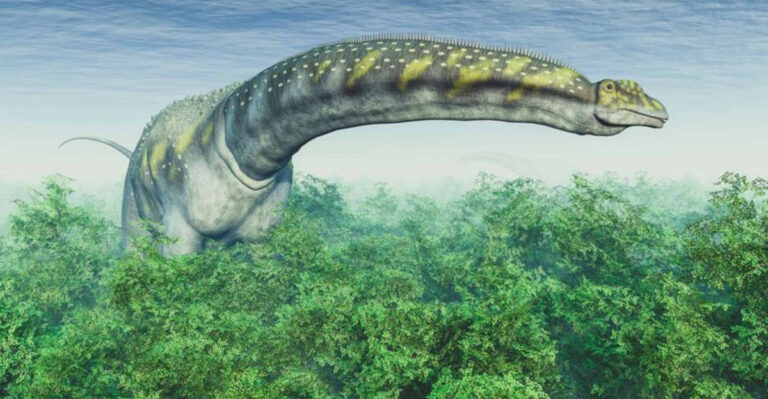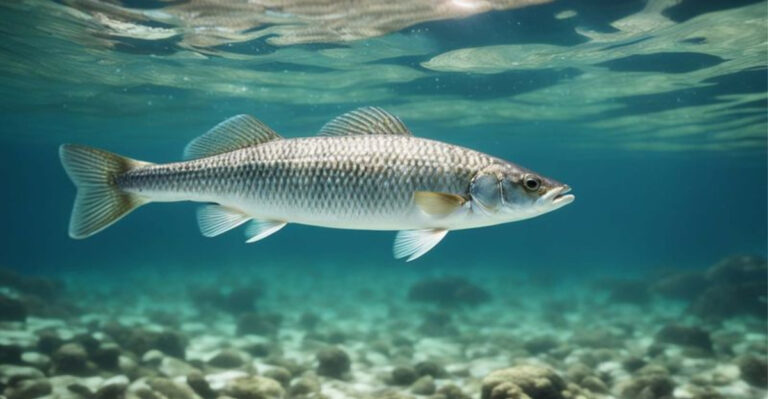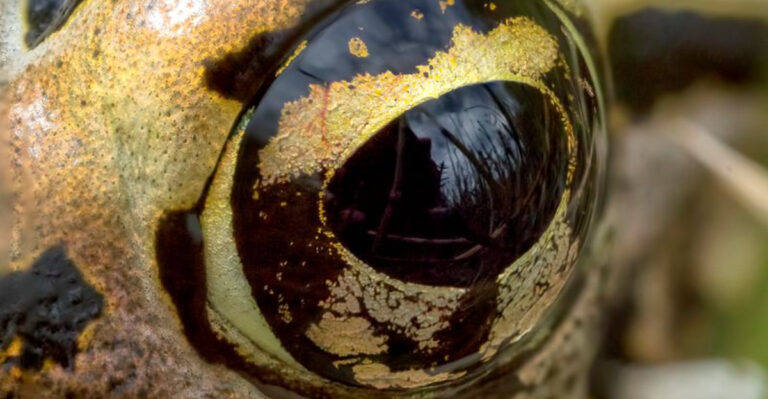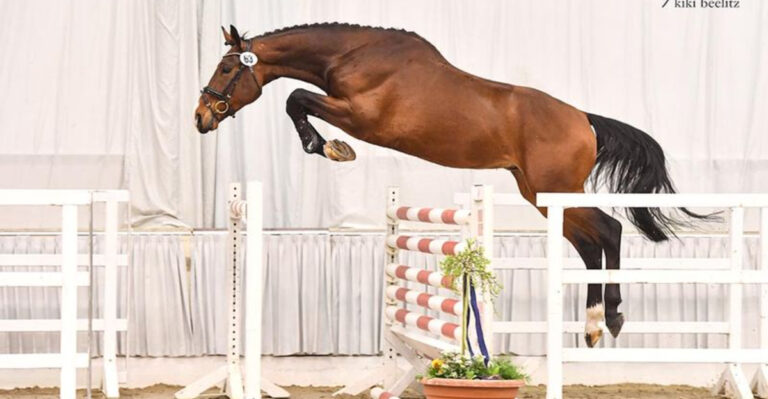11 Sweet Facts About Sugar Gliders That Will Make You Fall In Love With Them
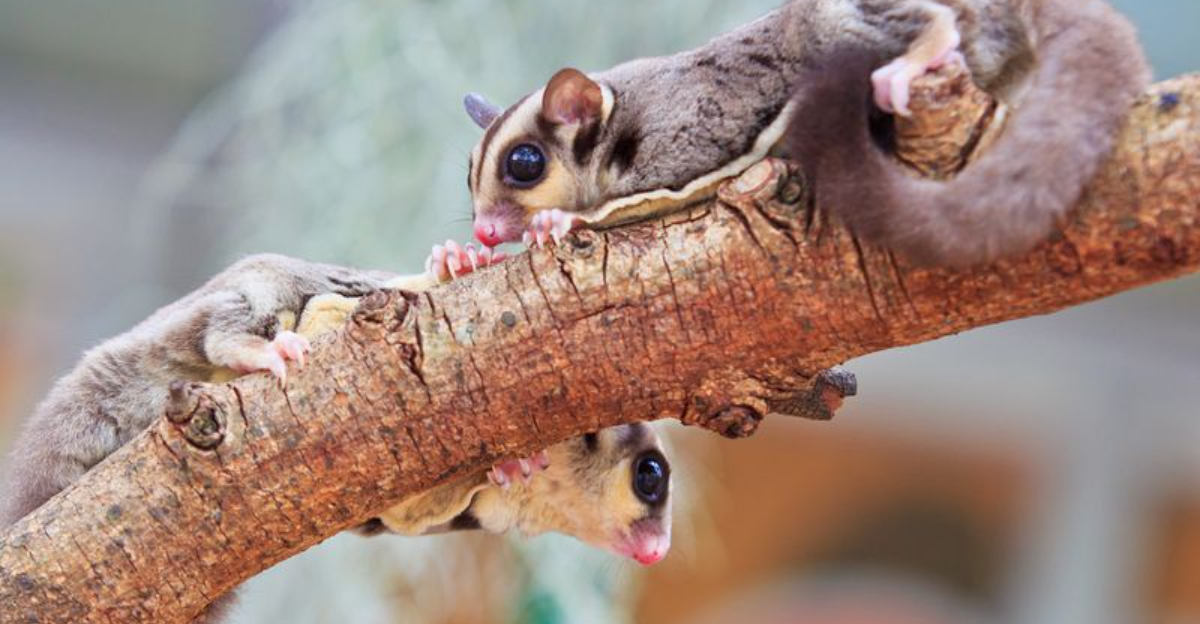
Sugar gliders are fascinating little creatures with a lot of quirks and interesting traits. These nocturnal marsupials hail from Australia, Indonesia, and Papua New Guinea, bringing a touch of the exotic to pet enthusiasts worldwide.
Their name comes from their delightful diet and their incredible ability to glide through the air. Let’s explore some captivating facts about these unique animals!
1. The Nocturnal Lifestyle
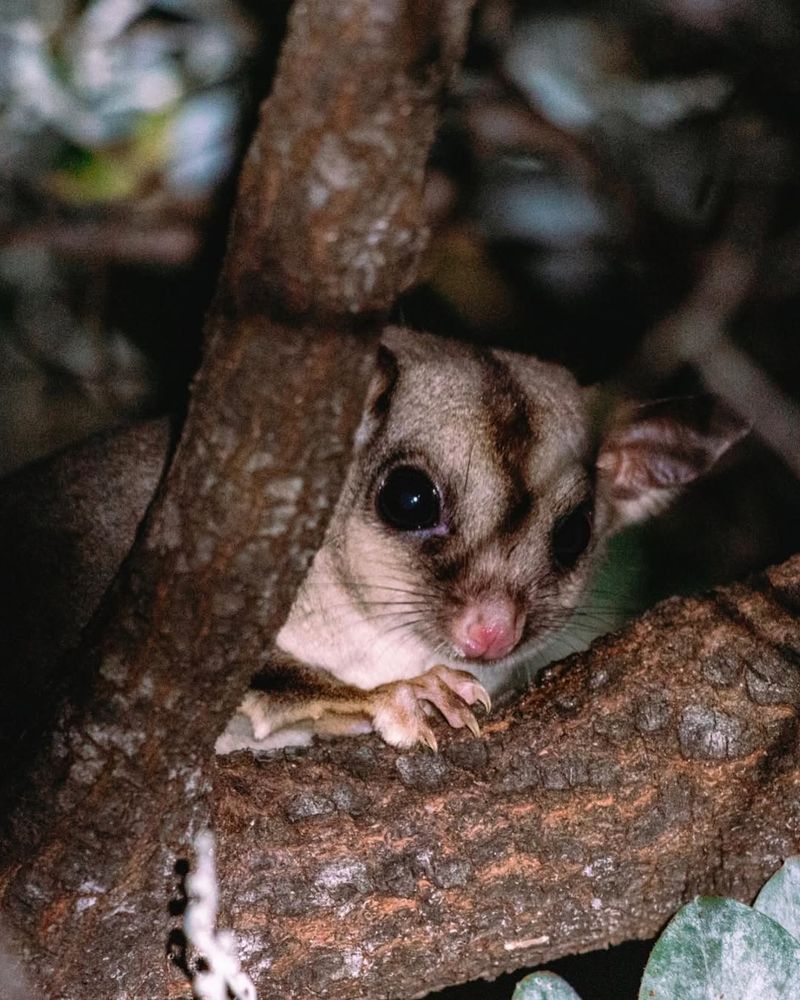
Sugar gliders are creatures of the night! These charming marsupials wake as the sun sets and embrace the moonlit hours. With eyes adapted to the darkness, they navigate their world with keen senses. Imagine them gliding through the trees under the stars, making the night their playground.
Their nocturnal nature means they’re most active when you’re winding down. For those who adore midnight adventures, sugar gliders make perfect companions. They bond with owners who match their lively spirit, ensuring that every evening is a delightful escapade.
Owning a sugar glider means embracing their night-owl lifestyle. It’s like having a piece of the wild right in your home, keeping your nights lively and full of wonder. Sugar gliders remind us that the world never truly sleeps, and there’s magic in the moonlit hours.
2. Incredible Gliding Abilities
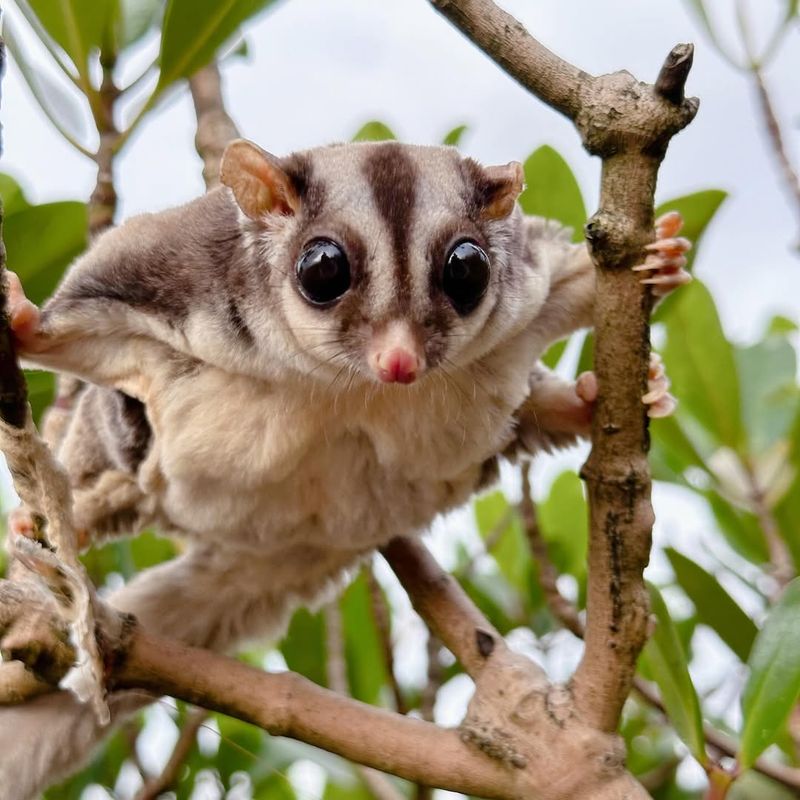
Perhaps the most iconic feature of sugar gliders is their ability to glide. Like tiny superheroes, they spread their arms and leap from high places, sailing gracefully through the air. Their special gliding membrane, called a patagium, stretches from wrist to ankle, catching the air like a parachute.
This isn’t just for show—gliding is vital for their survival in the wild. It allows them to escape predators and travel between trees in search of food. In captivity, it’s a spectacular display of agility and grace, as they soar from the shoulders of their human companions.
Watching a sugar glider in flight is a breathtaking experience. It’s a reminder of nature’s ingenuity and the adaptability of these remarkable creatures. Whether in the wild or at home, their gliding is a dance of freedom and finesse.
3. Social Butterflies
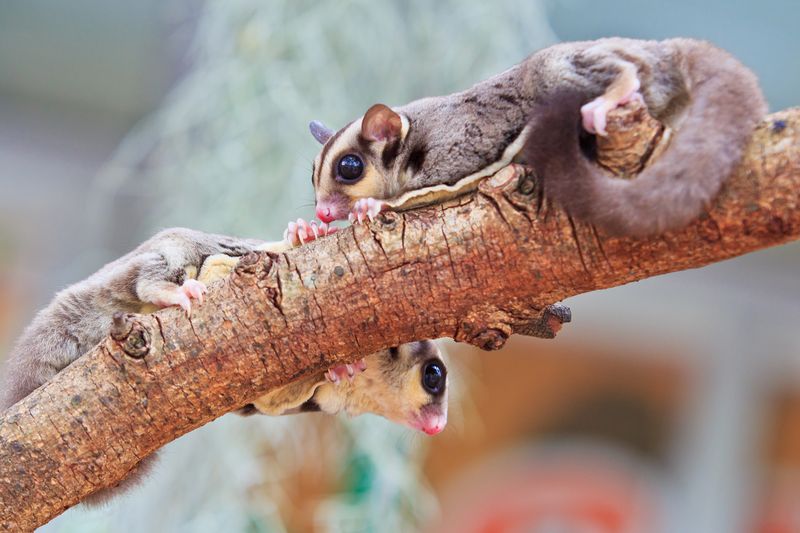
Sugar gliders are not solitary creatures; they thrive in companionship. In their natural habitat, they live in colonies of up to seven adults and their young. These social bonds are crucial, providing warmth, protection, and a sense of community.
They communicate through a variety of sounds, from barking to chattering, conveying messages of love, alarm, or curiosity. At home, sugar gliders often form deep attachments with their human family, becoming affectionate and playful companions.
Their social nature means they need time and interaction to stay happy and healthy. For those considering these delightful animals as pets, it’s essential to have more than one or be ready to spend ample time socializing. Sugar gliders teach us the value of community and the joy found in company.
4. Exotic Diet Delights
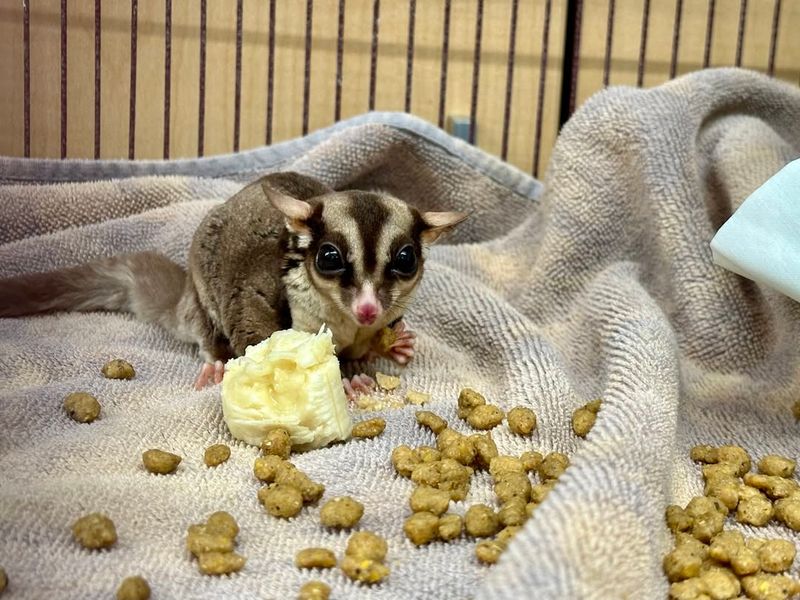
The diet of sugar gliders is as fascinating as the creatures themselves. In the wild, they feast on nectar, fruits, and insects. This varied diet provides the nutrients they need to sustain their energetic lifestyle. Their name ‘sugar glider’ hints at their sweet tooth—these marsupials adore sugary substances.
In captivity, replicating this diet can be a delightful challenge. Pet owners craft meals with fruits, vegetables, and specially formulated glider food. Some enjoy creating glider-safe versions of popular snacks, like yogurt drops or honey sticks, adding excitement to meal times.
Understanding their dietary needs is crucial for their health and happiness. Watching them nibble on treats is a joy, showcasing their adorable eating habits. Sugar gliders remind us of the importance of a balanced diet and the simple pleasures of a tasty meal.
5. Unique Reproductive Habits
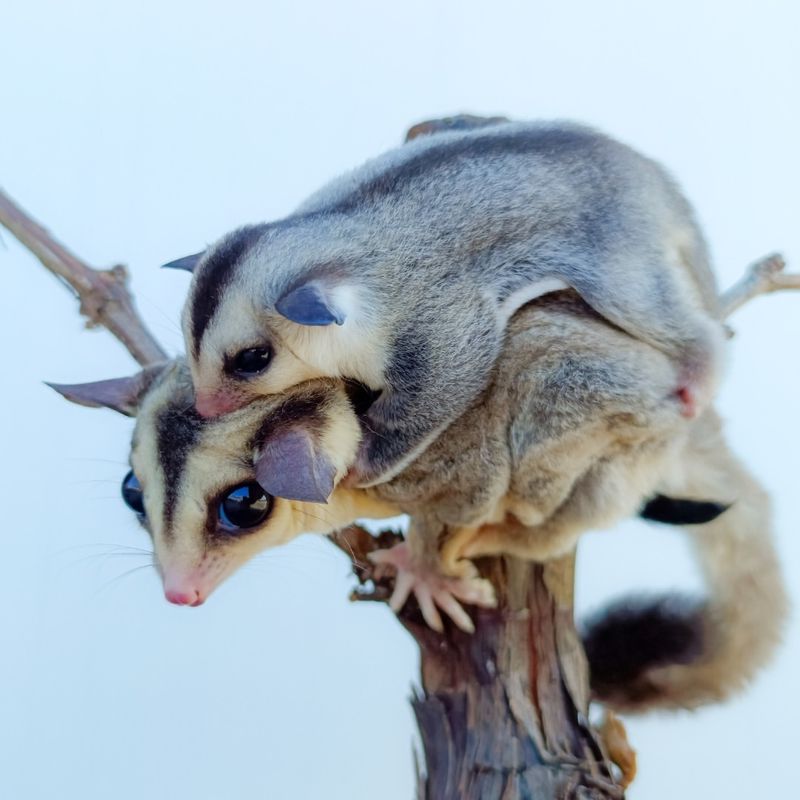
As marsupials, sugar gliders have some unique reproductive habits. After a brief gestation of about 16 days, the tiny joeys are born and make their way to the safety of their mother’s pouch. Here, they continue developing for about two months, snug and secure.
Once they outgrow the pouch, these little explorers begin to venture out. At first, they’ll ride on their mother’s back or cling to her fur, gradually gaining independence. It’s a gentle transition from sheltered infancy to youthful curiosity.
Observing this process is a fascinating glimpse into the life cycle of marsupials. It highlights the nurturing nature of sugar gliders and the close bond between mother and young. Their reproductive habits are a testament to the wonders of nature and the diverse ways life evolves and adapts.
6. Natural Habitat Charm
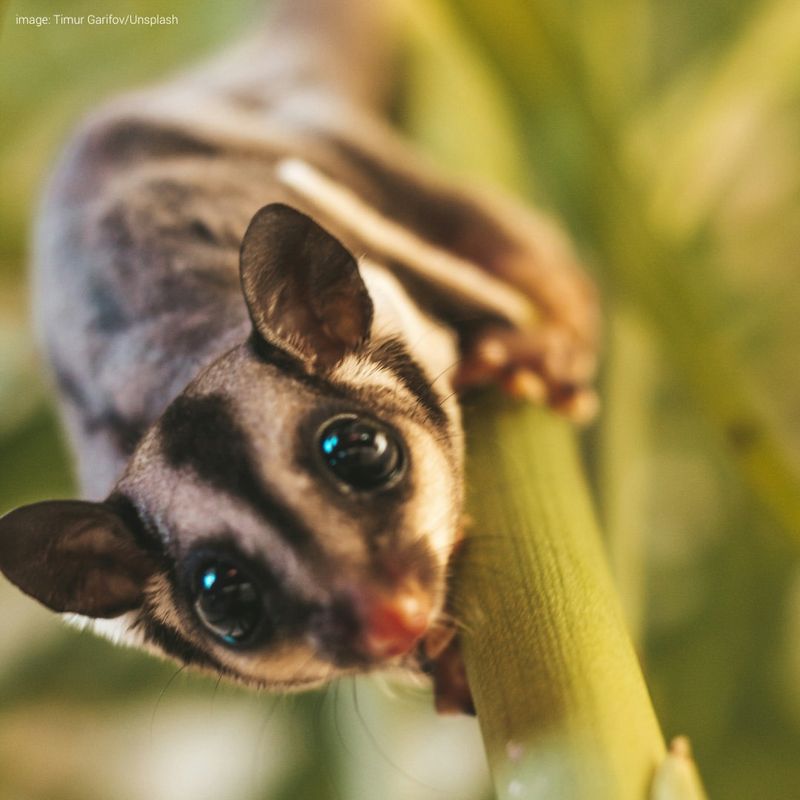
Sugar gliders originate from the lush forests of Australia, Indonesia, and Papua New Guinea. These environments offer an abundance of food and trees to glide between, which is essential for their lifestyle. The vibrant ecosystems are a playground for these agile creatures, full of life and color.
In the wild, sugar gliders are part of a delicate balance, contributing to the health of their habitat. They pollinate plants and control insect populations, showcasing their ecological importance. Their presence is a symbol of the vibrant life that thrives in these forests.
Bringing a sugar glider into your home is like welcoming a piece of this exotic environment. It reminds us of the beauty and complexity of nature, encouraging us to appreciate and protect the diverse ecosystems around us. Their habitat charm is a call to cherish our planet’s natural wonders.
7. Vocal Communicators
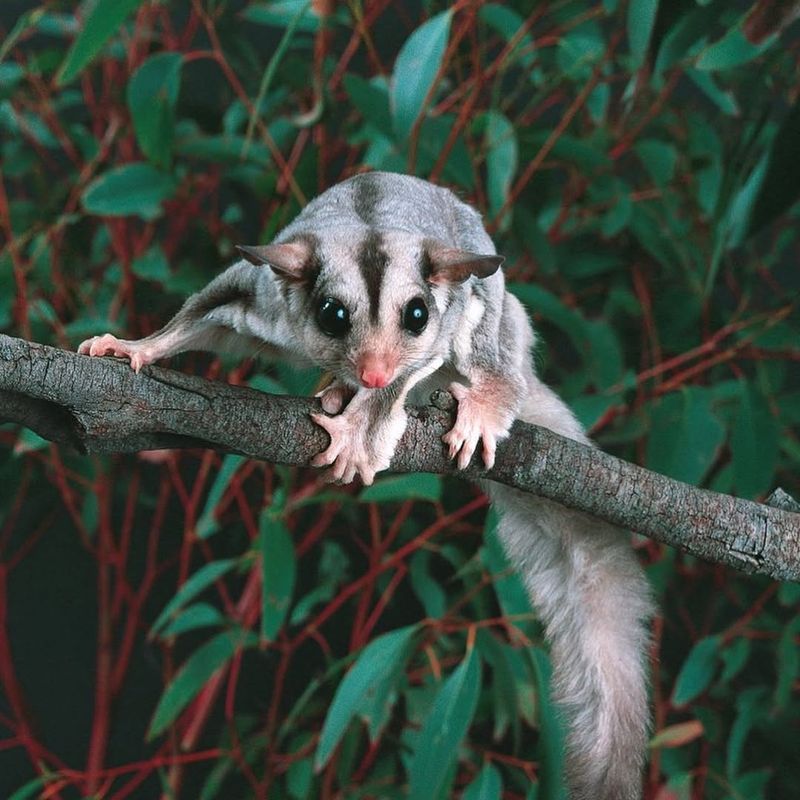
Sugar gliders are vocal creatures, using a range of sounds to communicate. From barking to chattering, each sound conveys a different message, whether it’s to alert the colony of danger or simply to express contentment. This vocal prowess adds another layer to their enchanting presence.
In a home setting, sugar gliders will often communicate with their human companions. They might bark for attention or softly chirp during bonding moments. It’s a delightful aspect of their personality, making interactions vibrant and engaging.
Understanding their vocalizations can deepen the bond between glider and owner. It’s like learning a new language, one that enriches the relationship and enhances the joy of companionship. Their vocal nature is a reminder of the diverse ways animals express themselves and connect with their world.
8. Remarkable Lifespan
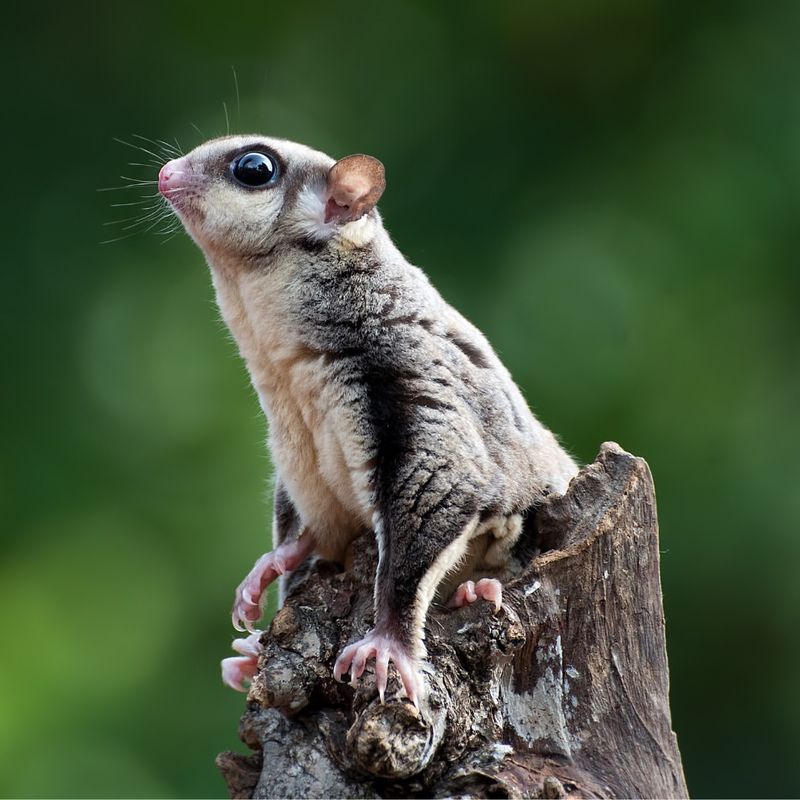
Sugar gliders have a surprisingly long lifespan for such small creatures. In captivity, with proper care, they can live up to 12-15 years. This longevity is part of their appeal, offering years of companionship and joy to their owners.
Their lifespan means they require a long-term commitment. It’s a rewarding journey, filled with shared experiences and deepening bonds over time. Watching them grow and thrive is a testament to the care and love they receive.
While their wild counterparts may not live as long, due to predators and environmental challenges, captive sugar gliders enjoy a life of safety and comfort. This extended lifespan is a gift, allowing for a richer, more fulfilling relationship with these delightful animals. They remind us of the rewards of dedication and the joy of nurturing a life.
9. Curious Grooming Rituals
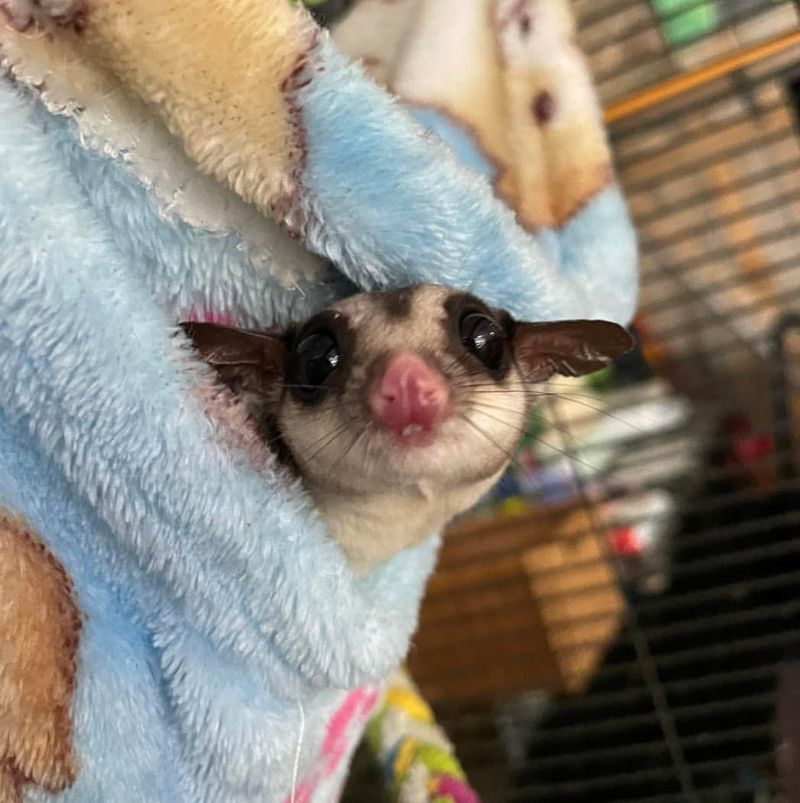
Grooming is a vital part of a sugar glider’s routine, and it’s a meticulous process. They use their teeth and tongues to clean their fur, keeping it soft and pristine. This ritual is not just about hygiene; it’s a soothing activity that promotes bonding within their colony.
In a domestic setting, sugar gliders may engage in mutual grooming with other gliders or their human companions. It’s a sign of trust and affection, enhancing the bond and ensuring everyone looks their best. Observing these grooming habits is a heartwarming peek into their social world.
Grooming reflects the care they take in their appearance and relationships. It’s a reminder of the importance of self-care and the joy found in nurturing connections. Sugar gliders teach us that grooming is more than a routine—it’s an expression of love and community.
10. Colorful Variety
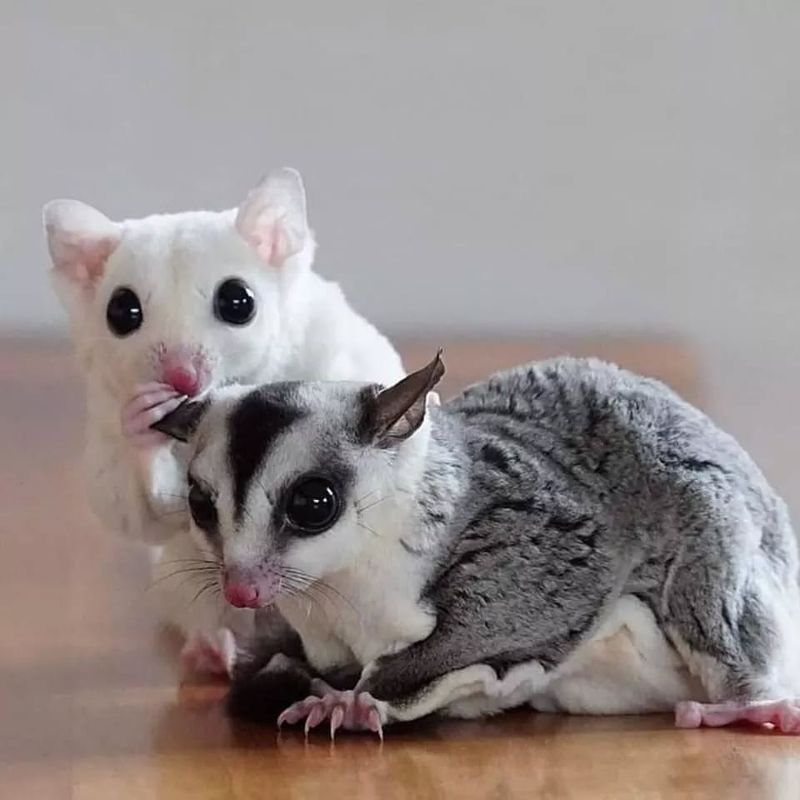
Sugar gliders come in a variety of colors and patterns, adding another layer of fascination to these captivating creatures. From classic gray with a black stripe to rare albino or mosaic patterns, their appearance is as diverse as their personalities.
This variety means every sugar glider is unique, with its own set of markings and hues. It’s a reflection of the genetic diversity that makes them so resilient and adaptable. Owners often delight in the distinct beauty of their gliders, celebrating their individuality.
Having a colorful variety at home means embracing diversity and marveling at nature’s creativity. It’s a reminder of the infinite ways life can express itself, each variation a masterpiece. Sugar gliders show us that beauty comes in many forms, and diversity is something to be cherished and celebrated.
11. Playful Personalities
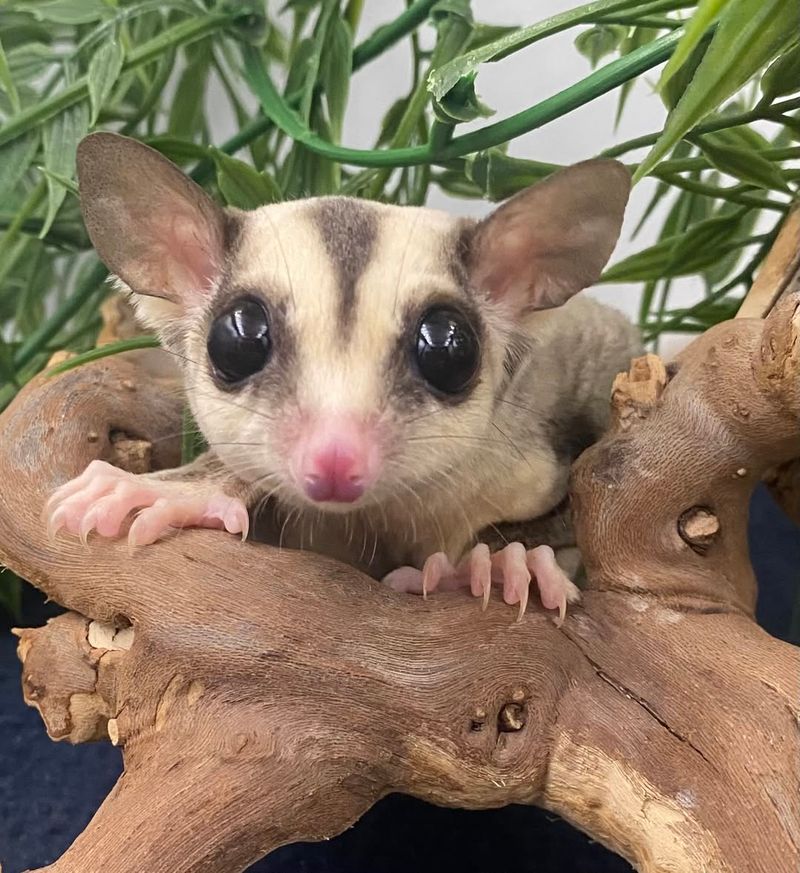
Playfulness is at the heart of a sugar glider’s charm. These energetic creatures love to explore and interact, turning every moment into a playful adventure. Their curiosity knows no bounds, and they approach life with an infectious enthusiasm.
Providing toys and stimulating activities is essential to keep them entertained and happy. From running on wheels to solving puzzles, they thrive on challenges and mental stimulation. It’s a joy to watch them play, their antics bringing smiles and laughter.
Their playful personalities make them wonderful companions, as they engage their surroundings with a zest for life. Sugar gliders remind us of the importance of play, encouraging us to embrace fun and creativity in our daily routines. They show that life is an adventure, meant to be explored with joy and enthusiasm.

